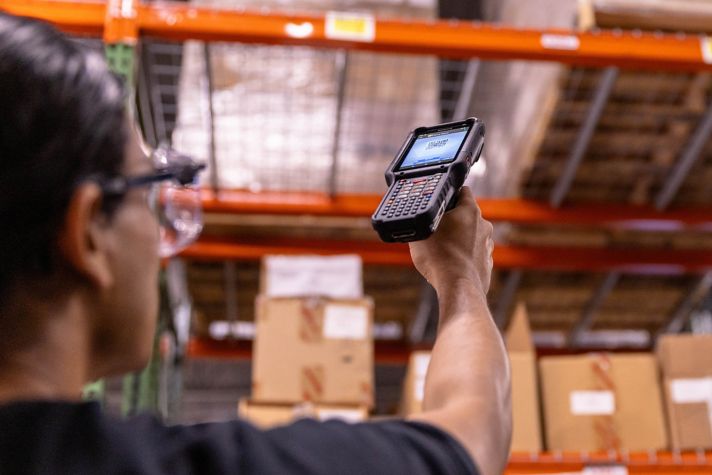What you’ll learn from this article:
- The risk of fragmented systems, which reduce visibility and delay emergency response in hospitals
- How integrated safety, security and environmental monitoring can help improve situational awareness
- How centralized data and automation can help support faster decisions, better coordination and stronger compliance
Hospital facilities are high-pressure, complex environments that operate around the clock. From managing multiple departments and high patient volumes to ensuring staff coordination and equipment reliability, administrators face an increasingly difficult challenge: maintaining clear, real-time situational awareness to keep patients and staff safe and secure while protecting critical physical and digital infrastructure.
The Risk of Fragmented Safety and Security Systems
When hospital systems aren’t connected, staff may not have the full picture they need to identify risks and act quickly and confidently. Important early signs — like changes in air quality or unauthorized access — may go unnoticed when monitoring systems don’t share data. This lack of integration often leads to siloed information, reduced visibility and slower response times.
Imagine a hospital administrator managing staff and patient flow during peak hours, unaware that an HVAC issue is raising temperatures in a surgical suite. In fast-moving healthcare settings, even small gaps in visibility can inadvertently disrupt coordination and affect safety.
Honeywell Helps Hospitals Overcome Key Challenges
Staying on top of hospital safety and security can feel like a formidable task. To gain a more holistic perspective, many hospitals are shifting toward a smarter, more connected approach to increase visibility and situational awareness.
Honeywell’s life safety and security solutions integrate fire safety, access control, surveillance and environmental monitoring to enhance hospital protection, situational awareness and emergency response to address the most common and critical issues facing healthcare facilities today:
- Limited visibility across complex facilities: Large campuses, high-traffic areas and disconnected departments make monitoring difficult. Honeywell’s unified surveillance, access control and alarm systems deliver visibility to reduce blind spots and promote comprehensive monitoring.
- Staffing constraints and monitoring gaps from disparate systems: When personnel are stretched thin, especially during emergencies, automated alerts, centralized dashboards and intelligent analytics help smaller teams oversee more zones efficiently without compromising safety.
- Missed early warning signs: Delayed detection of issues like aggression, intrusion or environmental hazards can escalate quickly. Honeywell solutions combine real-time alerts, surveillance and analytics to surface early indicators of risk so staff can intervene before issues grow.
- Uncoordinated emergency response: Fragmented systems hinder collaboration during critical events. With interoperable platforms, Honeywell enables seamless communication between clinical teams, security staff and emergency responders to accelerate incident resolution.
- Siloed data and inconsistent reporting: Fragmented systems can result in unreliable logs and hinder compliance readiness. Honeywell’s automated data logging and centralized reporting tools simplify audit prep, regulatory adherence and post-incident analysis.
Looking Ahead
In today’s complex healthcare landscape, safety and security depend on more than just individual systems — they rely on how well those systems work together. By moving toward integrated, data-driven solutions, hospital facility leaders gain the visibility they need to make faster, smarter decisions and respond with confidence.
Learn how Honeywell’s connected solutions support safer, smarter healthcare.




